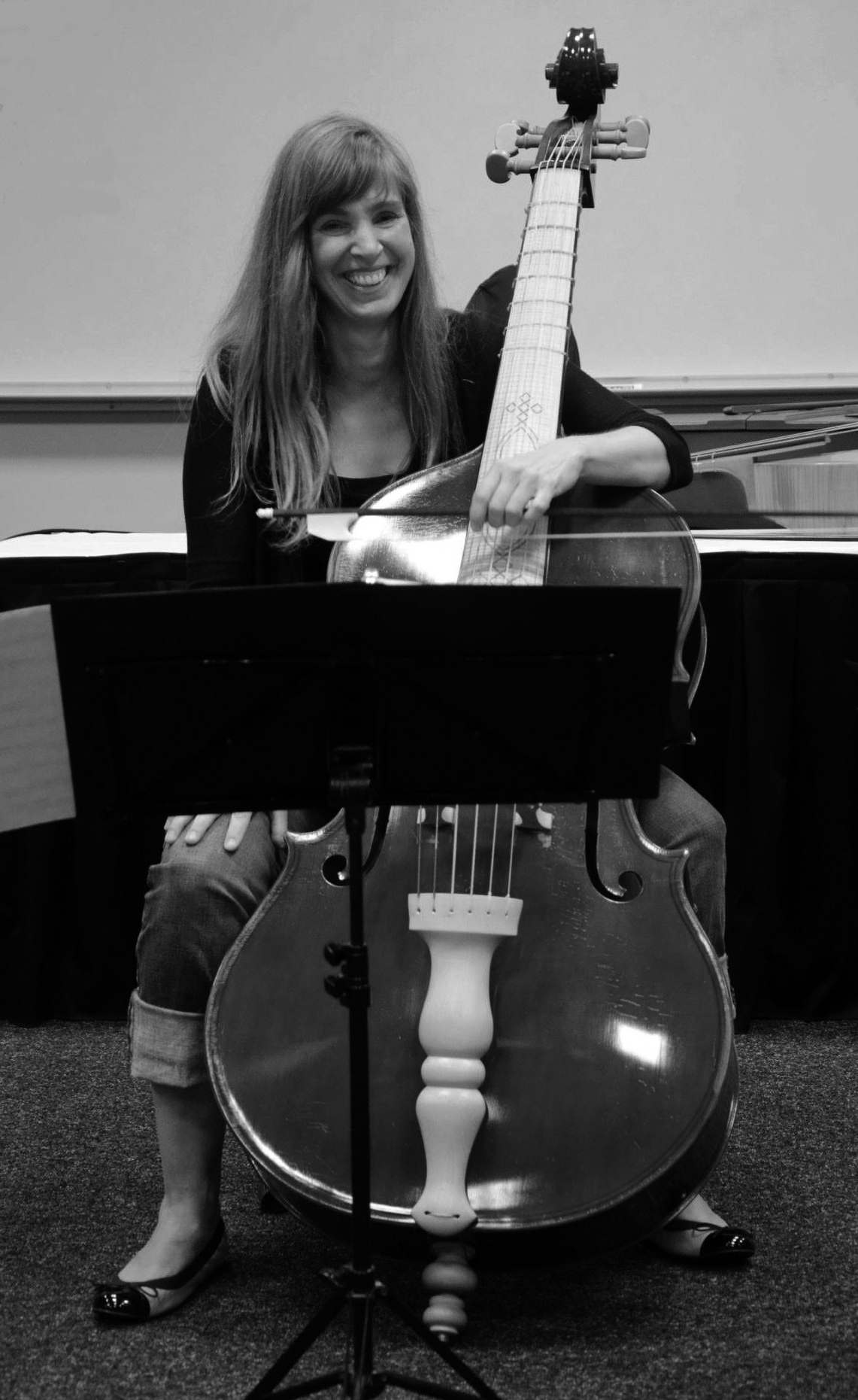


WELCOME!
Those of you who have visited in the past may be shocked to find that there's a big change at greatbassviol.com... I created the original website about 25 years ago <gasp> at a point when the internet was just a baby, in order to share information and resources for gamba players and historical bassists. My initial interest, and quite a bit of my subsequent work, has centred on the 'great bass viol,' also known as the G or A violone. It's an instrument that is different enough from smaller violas da gamba, and from the modern double bass, that it has sometimes been a challenge to get people to take it seriously. In the beginning, it was so little known that I had to describe it and define it. I even had to argue with people that it had existed and was mainstream as much as 500 years ago and was known even by composers like J.S. Bach. So I'm tickled to bits that over the course of several decades, people all around the world now know what it is, and many players and scholars are just as passionate about it, as me!
The internet has expanded so much, that the lists of treatises and books and articles and collection of images that I amassed and presented on the old website have now been greatly eclipsed. All you have to do is google! Scores and parts are also readily available online. And social media is a terrific place to join conversations on any and all manner of subjects that strike your fancy.
So, welcome to my new website!
I'm delighted to share details of what I've been working on as a player and researcher and editor - some are projects that had been long delayed and just needed time and a good excuse that COVID provided... Please explore the links above and you'll get a sense of how I keep myself busy.
Stay well, dear friends.
Joëlle
Right: G violone after Dolmetsch Maggini by R. Prins, SL 91.5 cm
Entry page: Consort of English viols by John Pringle
Header: D violone/Viennese violone by Thomas Edlinger, 1686, SL 101.8 cm